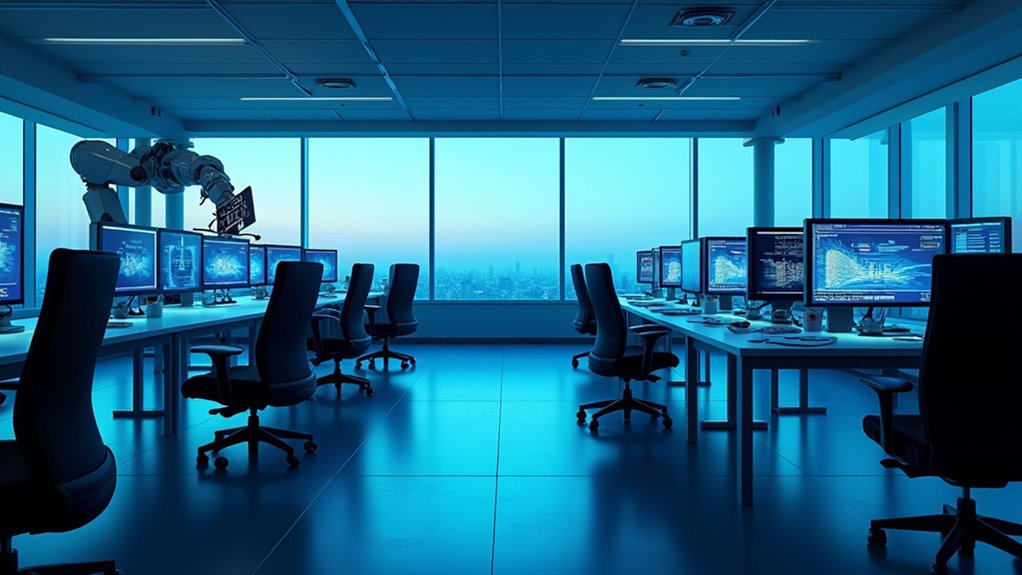Nearly every corner of the global manufacturing landscape now belongs to China, with its staggering 31.63% share of worldwide output dwarfing all competitors. The numbers don’t lie – we’re talking about a whopping $4.66 trillion contribution to the global economy. The United States, still hanging tough in second place with 15.87% of global output, feels like a distant runner-up in this manufacturing marathon.
China’s manufacturing dominance is reshaping global industry, commanding nearly one-third of worldwide production while leaving competitors in its wake.
The manufacturing world’s getting messier by the minute. Trade tensions between the US and China? Check. Economic uncertainty making everyone nervous? Double check. And let’s not forget the AI arms race throwing a technological wrench into the works. It’s like watching a high-stakes game of industrial chess, except nobody’s quite sure where all the pieces are moving. Deloitte’s experts, with their strategic cost transformation initiatives, are helping global manufacturers navigate these complex challenges.
Japan’s sitting pretty with 6.52% of global manufacturing output, while Germany’s struggling at 4.78%. Meanwhile, India and ASEAN countries are the new kids on the block, flexing their manufacturing muscles despite the global doom and gloom. They’re like the scrappy underdogs everyone’s starting to bet on. Germany’s renowned precision engineering capabilities keep it competitive in the high-end manufacturing sector.
The tech scene’s getting wild. AI’s transforming factory floors faster than you can say “automation,” but it’s not all smooth sailing. These fancy new technologies cost serious money, and somebody’s got to foot the bill. Manufacturing giants are scrambling to stay competitive, throwing everything they’ve got at innovation while trying not to break the bank. Modern facilities leverage predictive capabilities to detect and prevent potential security breaches before they occur.
Heavy manufacturing’s having a rough time in early 2025, with demand weaker than a cup of gas station coffee. The sector’s feeling the squeeze from all sides – political drama, economic jitters, and those pesky trade tariffs keeping everyone on their toes.
But here’s the kicker: despite all the chaos, manufacturing keeps chugging along. China’s still dominating electronics and textiles, the US is cranking out cars and planes, and everybody else is just trying to carve out their piece of the industrial pie.





